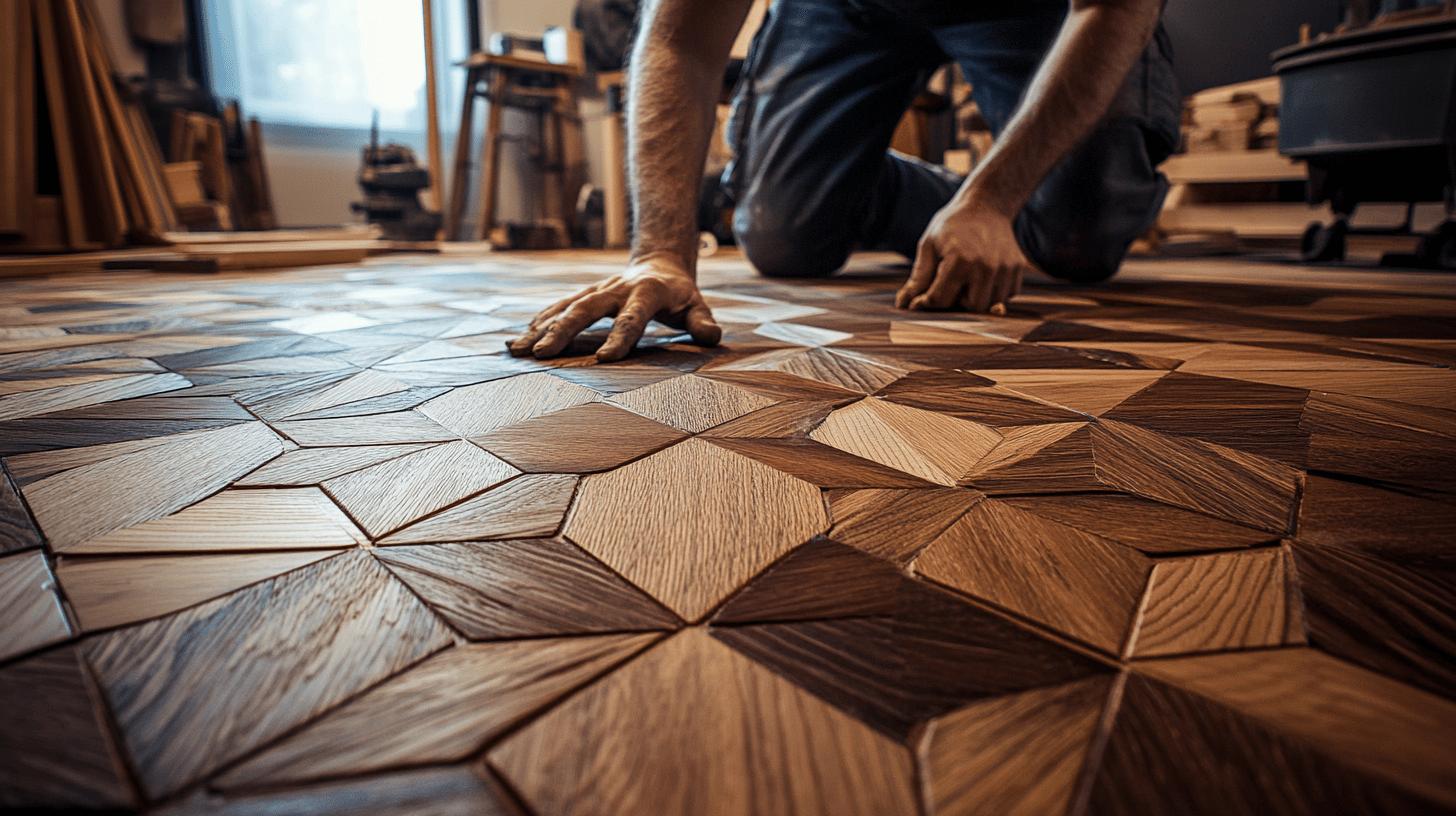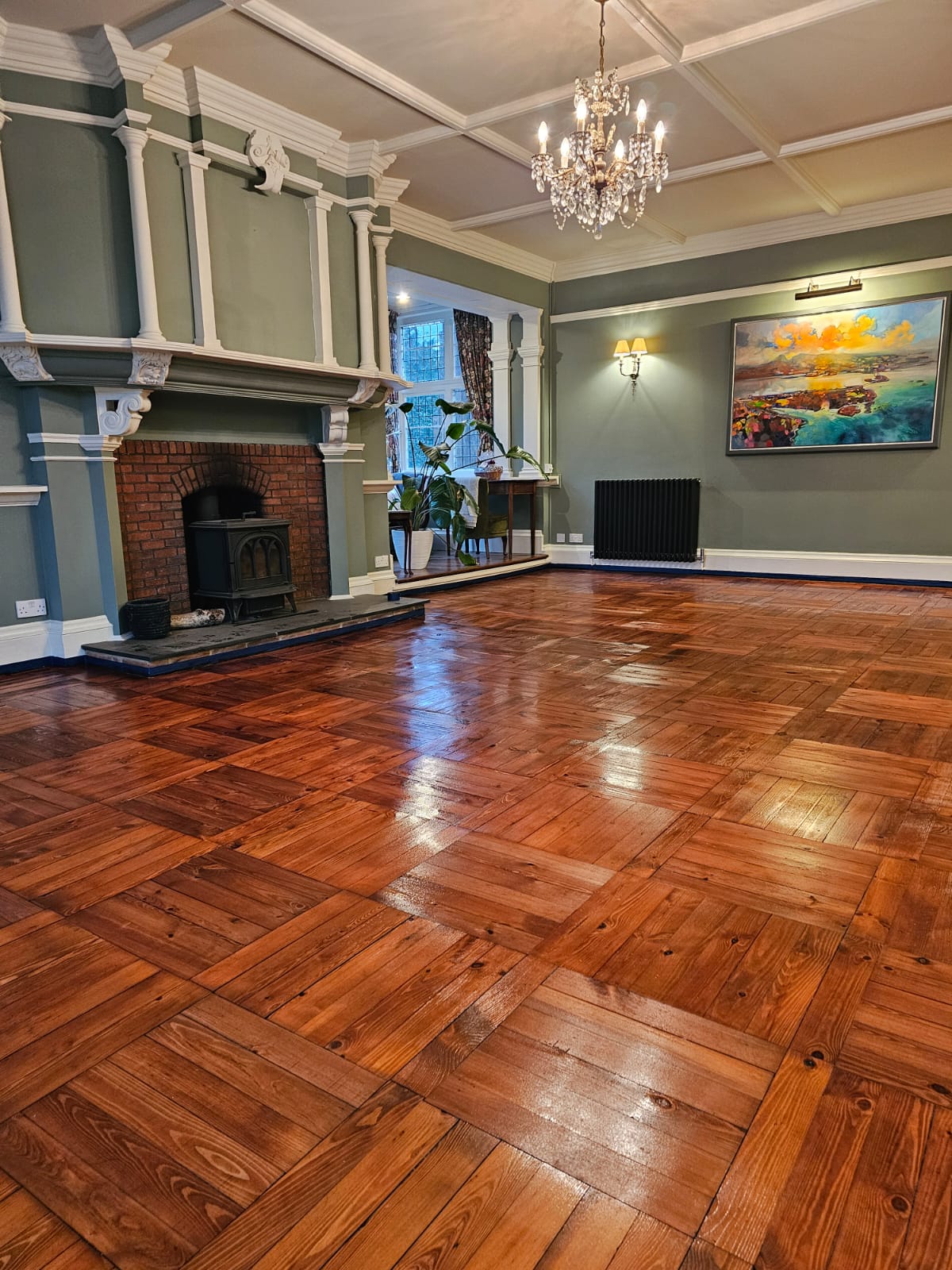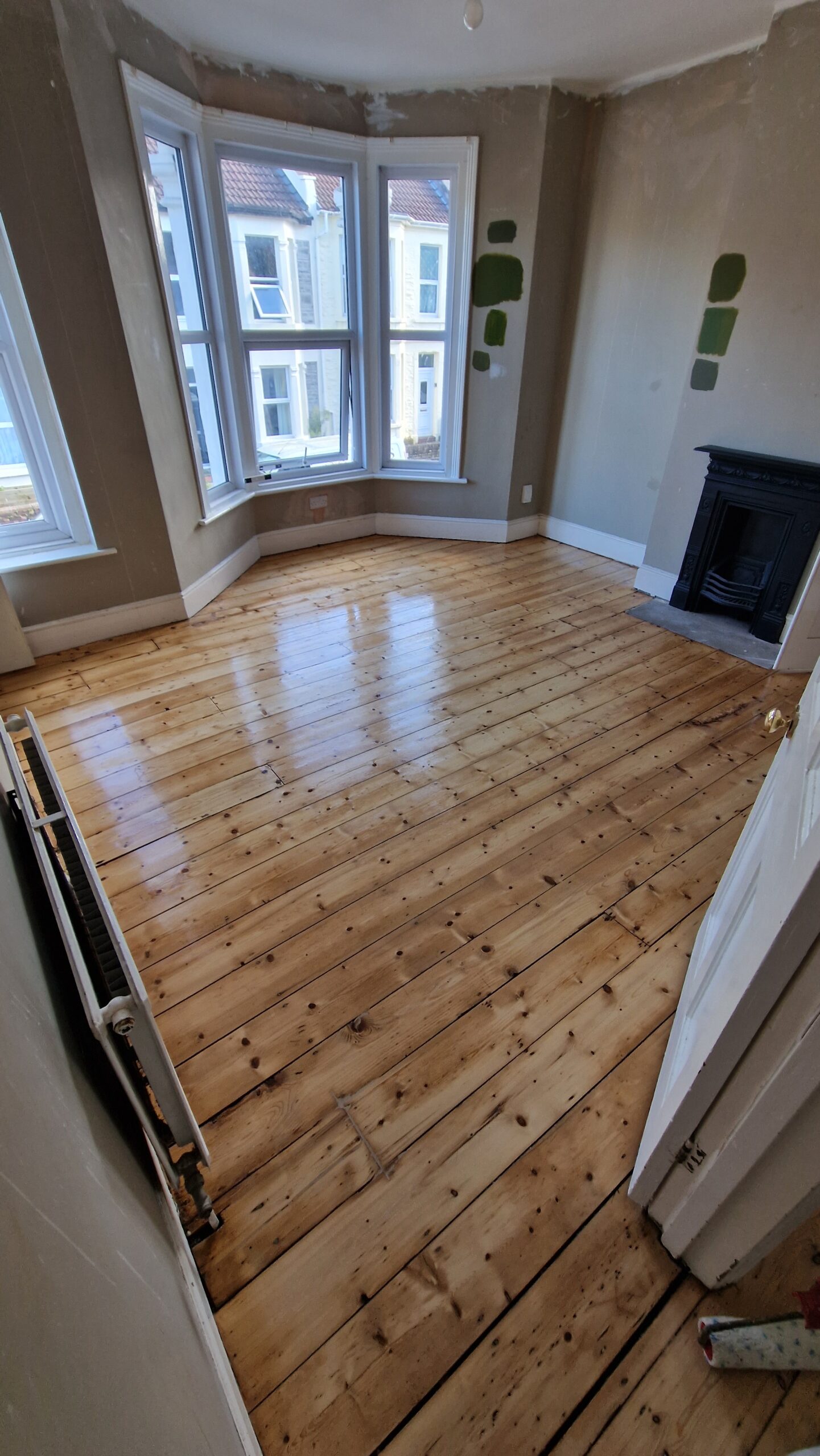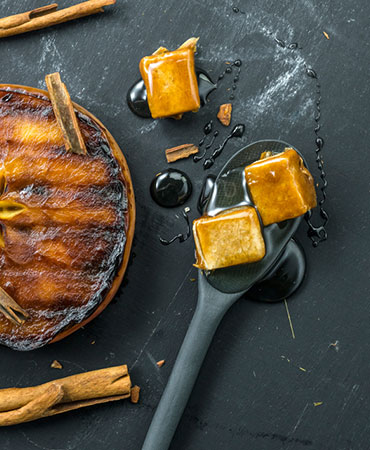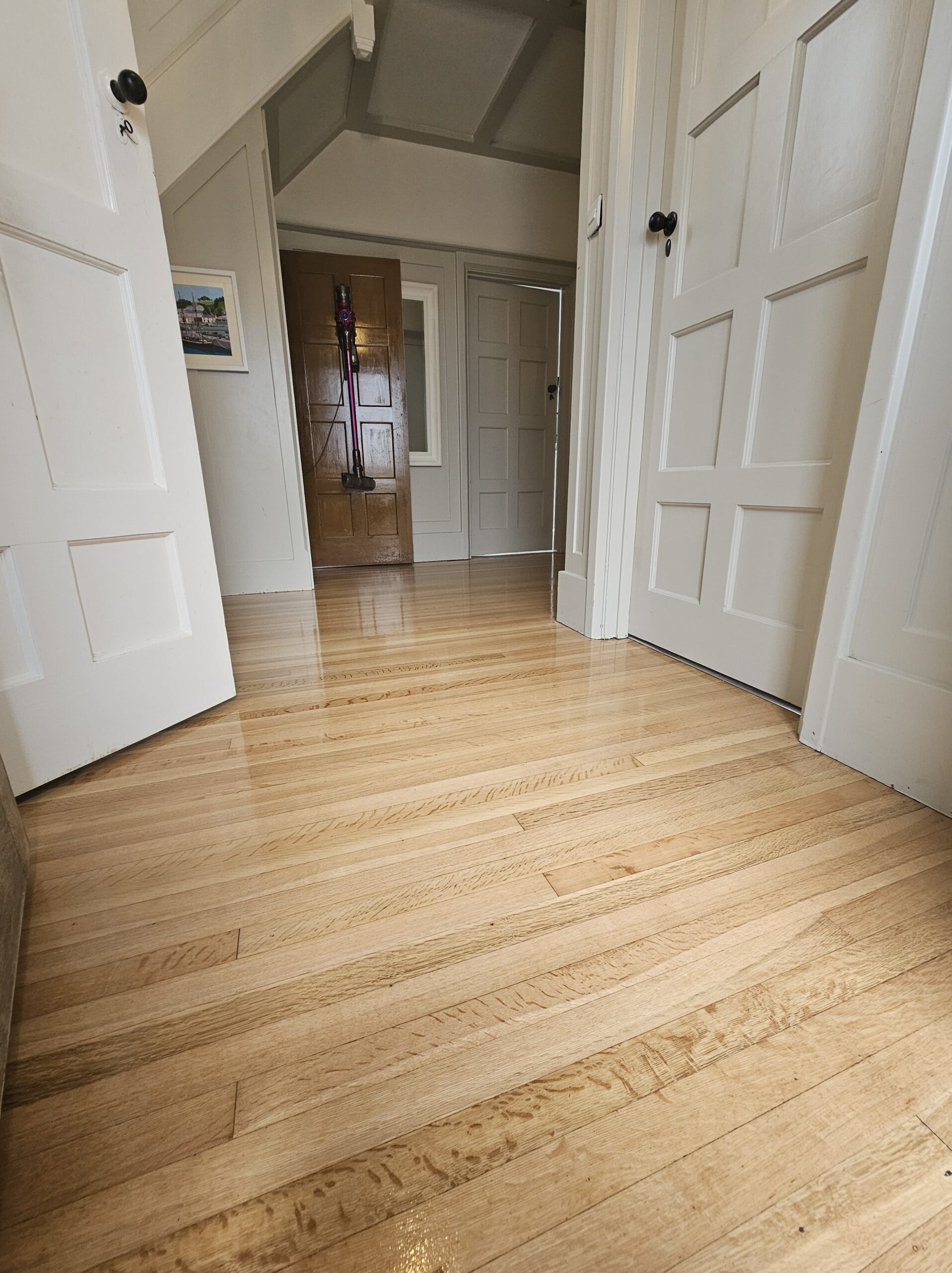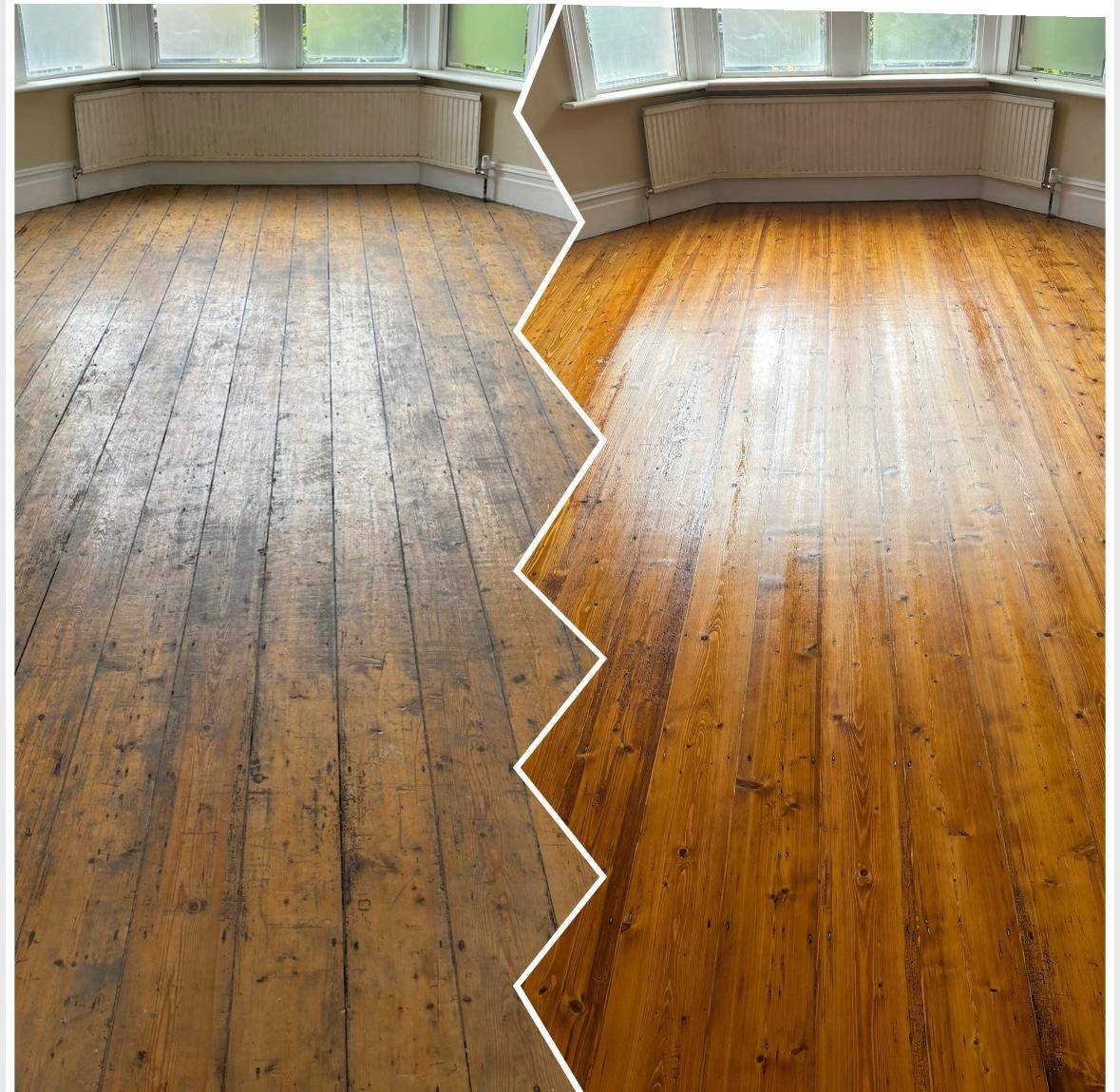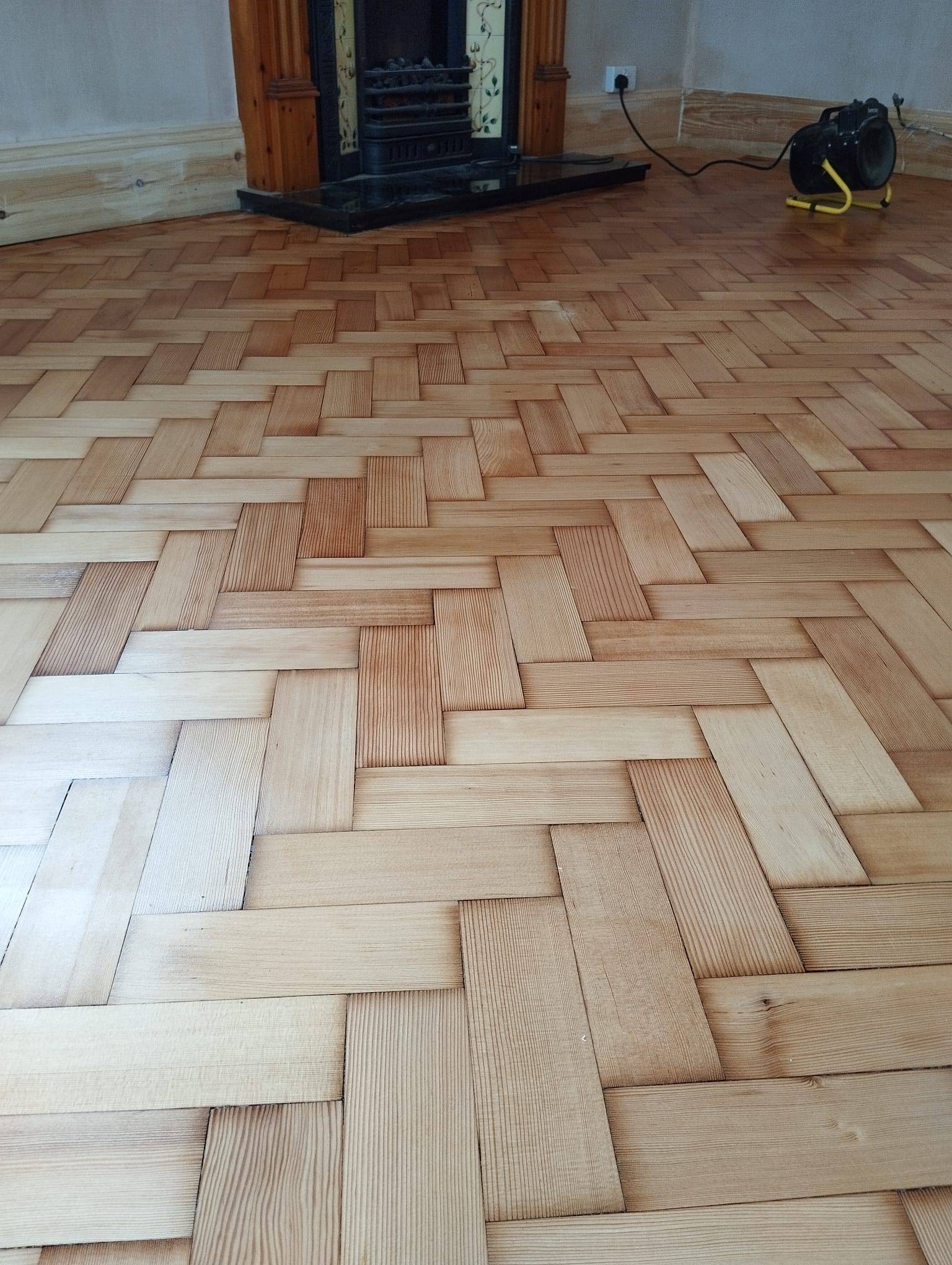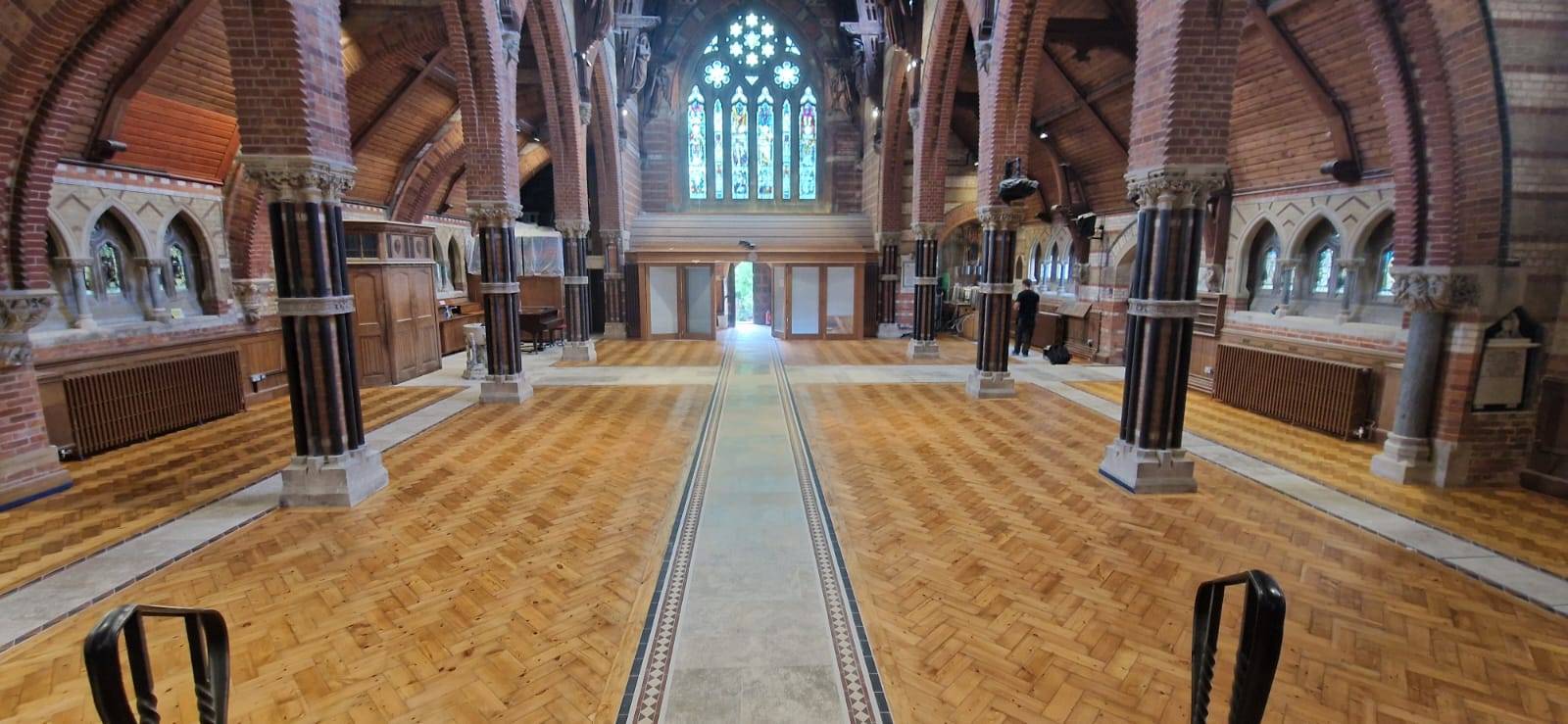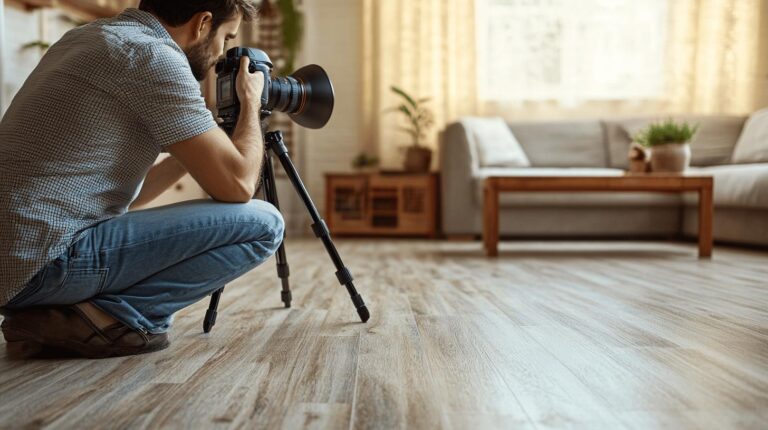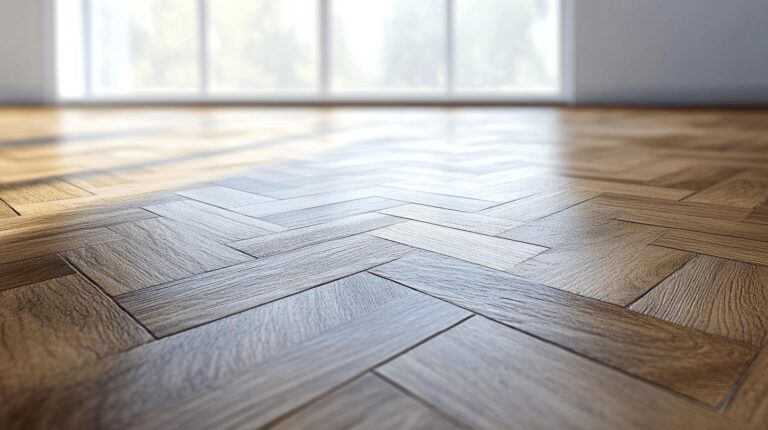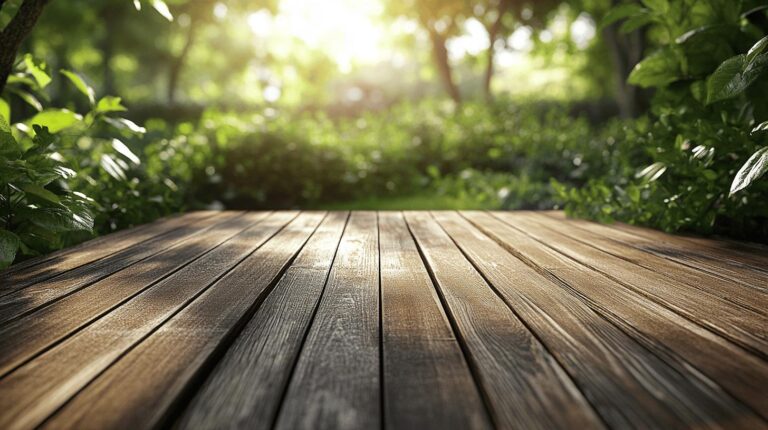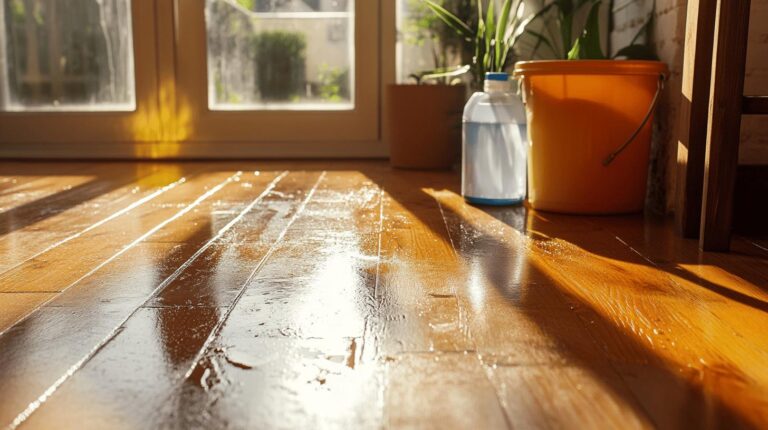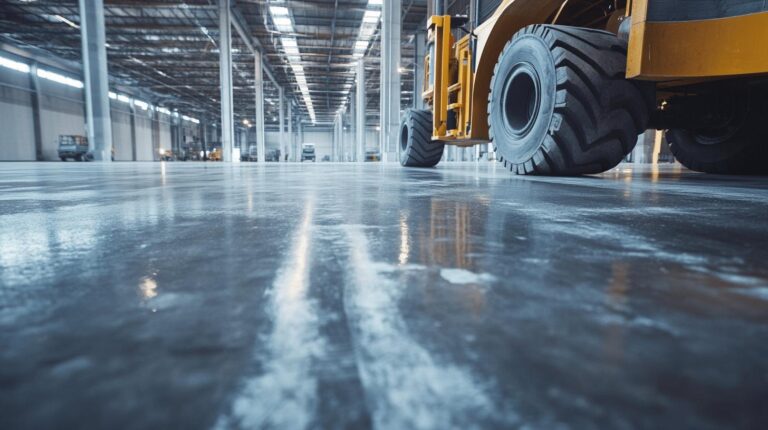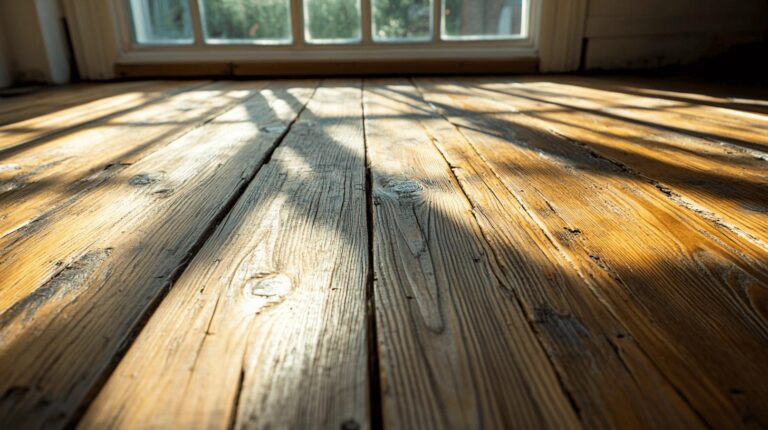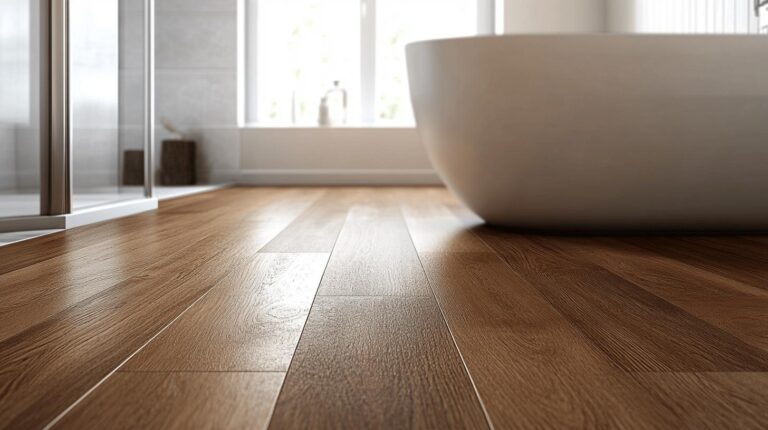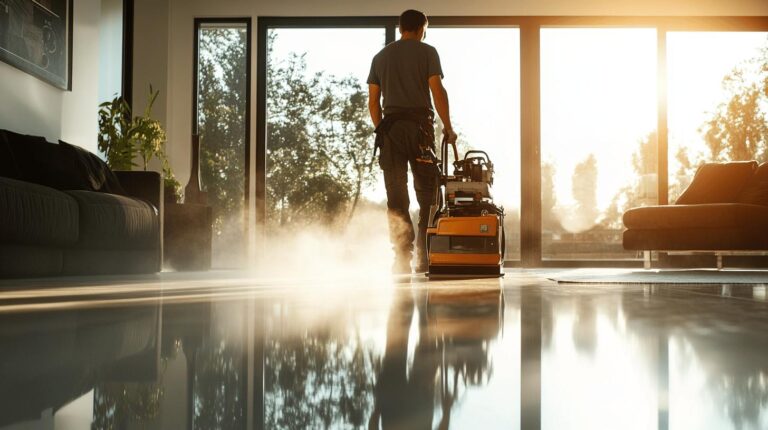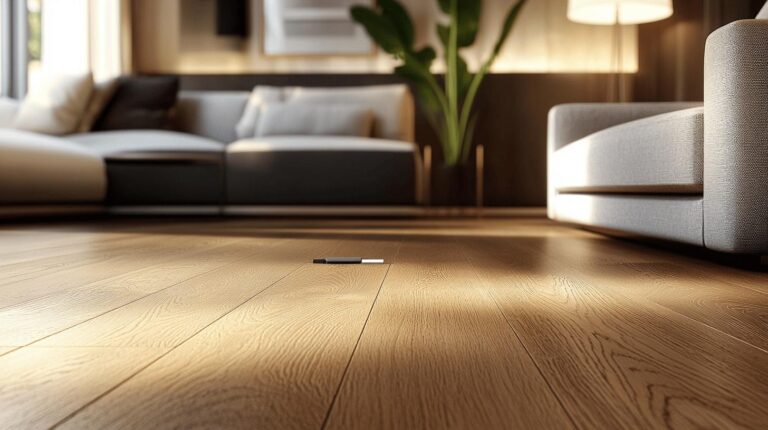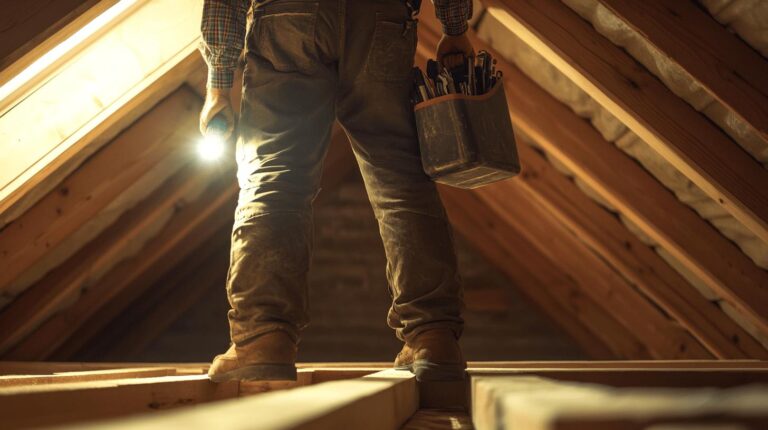Are you ready to transform your space by making a remarkable statement with your wood floors? With existing materials at your disposal, you can craft custom designs that are not only stunning but cost-effective and sustainable. Imagine the intrigue and elegance of herringbone, chevron, or basketweave patterns, all achievable without the need for new materials. By creatively repurposing and mixing wood, you bring a unique character to your home while embracing eco-friendly practices. Discover how you can leverage this approach to create bespoke masterpieces underfoot.
Exploring Creative Wood Floor Patterns with Existing Materials
Creating bespoke wood floor patterns using existing materials offers a cost-effective and environmentally friendly approach to floor design. By repurposing materials already on hand, homeowners can significantly reduce expenses while adding a unique character to their floors. This method not only supports sustainable living but also encourages creativity in design. Using different textures and colours of wood, combined with innovative patterns, allows for a customised look that stands out. Techniques like mixing wood styles facilitate striking visual contrasts and, with a bit of DIY skill, can be successfully executed without professional assistance.
The beauty of wood floor patterns lies in their ability to transform a space. Popular designs such as herringbone, chevron, and basket weave provide timeless elegance, while options like diagonal and random plank offer a more contemporary look. Mixed media designs, incorporating various materials alongside wood, create compelling artistic statements. These patterns make the most of existing materials, ensuring each piece of wood is utilised to its full potential, thus minimising waste. With thoughtful planning and a bit of creativity, these patterns can breathe new life into any space, making them both functional and aesthetically pleasing.
- Herringbone
- Chevron
- Basket Weave
- Diagonal
- Random Plank
- Mixed Media
Custom Floor Designs: Techniques for Repurposing and Mixing Wood
Repurposing wood from previous projects or old furniture offers a unique opportunity to create custom floor designs that are both sustainable and cost-effective. By using wood that would otherwise be discarded, homeowners can craft bespoke patterns that reflect personal style while reducing environmental impact. This approach not only minimises waste but also adds character to the floor, as each piece of repurposed wood tells its own story. Selecting pieces with varying grains and tones can enhance the visual appeal, resulting in a truly one-of-a-kind design that merges history with innovation.
Mixing different wood types is another technique that can dramatically alter the look of a floor, providing striking visual contrasts. By combining wood with different textures and colours, designers can create patterns that are not only artistic but also functional. To ensure durability when employing mixed wood styles, it is essential to consider the compatibility of different wood species, particularly in terms of expansion and wear rates. Using a high-quality sealant can help protect the floor from damage and maintain its appearance over time. Proper preparation and installation techniques are critical to achieving a lasting and stable floor, making professional advice beneficial, especially for those undertaking such a project for the first time.
Step-by-Step Guide to Creating Bespoke Wood Flooring
Creating bespoke wood flooring requires meticulous planning and execution, starting with the pattern choice and layout design. Selecting a pattern that complements the room’s aesthetics is crucial. Popular options include herringbone and chevron for a classic look or random plank and mixed media for a more modern feel. Once a pattern is chosen, accurate measurements and a detailed layout plan are essential. This ensures that the flooring aligns perfectly with the room’s dimensions and architectural features. Consideration of the wood grain direction and colour variations can add depth and uniqueness to the final design.
Choosing the right tools and materials is the next critical step in the process. Essential tools for DIY wood flooring include a tape measure, saw, hammer, and nail gun. For more intricate designs, specialised tools like a router or jigsaw might be necessary. The quality of the materials is equally important; opting for high-grade wood ensures durability and enhances the floor’s appearance. Additionally, acquiring protective finishes and sealants is essential to maintain the floor’s longevity and protect it from wear and tear over time.
Proper installation techniques are vital to achieving a professional-standard finish. Begin by preparing the subfloor, ensuring it is clean, dry, and level. Laying the wood boards should start from the room’s centre or a focal point, following the pre-planned pattern meticulously. Each piece must be securely fixed to prevent movement and squeaking. Using spacers can ensure consistent gaps for natural expansion and contraction. Patience and precision during installation prevent costly mistakes and ensure the flooring aligns perfectly with the design vision.
Inspiration for Unique Wood Floor Patterns
Creativity and personal style form the cornerstone of any compelling floor design. Unique wood floor patterns not only enhance the aesthetic appeal of a space but also reflect the individuality of its inhabitants. By incorporating distinctive elements such as geometric designs or cultural motifs, floors can be transformed into decorative focal points that add depth and character. The choice of pattern should align with the room’s overall theme and purpose, making it an integral part of the interior design rather than a standalone feature. For those seeking a truly personalised touch, experimenting with different wood textures and colours can result in a one-of-a-kind masterpiece.
Visual resources like Pinterest are invaluable for those in search of innovative design ideas. These platforms offer a plethora of floor design inspirations, showcasing a wide array of patterns and styles. From modern art influences to faux rugs that mimic the appearance of traditional textiles, there are countless options to explore. Browsing through these resources can spark creativity and help homeowners envision how unconventional designs might fit into their own spaces. Whether aiming for a subtle enhancement or a bold statement, the right inspiration can lead to the creation of decorative wood floors that captivate and inspire.
- Geometric Designs
- Cultural Motifs
- Modern Art Influences
- Faux Rugs
- Colourful Inlays
Ensuring Durability and Longevity in Custom Wood Floor Designs
Choosing sustainable materials is a crucial first step in ensuring the longevity of custom wood floor designs. Sustainable flooring options not only have a lesser environmental impact but also offer enhanced durability due to their quality and resilience. Hardwoods such as oak and maple, often sourced from certified forests, are excellent choices due to their strength and longevity. These materials are designed to withstand daily wear and tear, providing a robust foundation for any custom design. Additionally, reclaimed wood can be a sustainable choice, offering a unique aesthetic while promoting environmental conservation by reducing the need for new resources.
Applying the right floor finishing techniques is essential to protect the wood and enhance its longevity. Protective finishes, such as polyurethane or oil-based sealants, create a barrier against moisture, scratches, and stains, preserving the wood’s appearance and integrity. These finishes can be tailored to the wood type and the desired look—whether it’s a matte, satin, or glossy finish. Proper sealing is vital, as it prevents water damage and reduces the risk of warping or cupping. A well-applied finish not only maintains the floor’s aesthetic appeal but also extends its lifespan significantly.
Regular maintenance is the final component in ensuring the durability of wood floors. Simple practices such as regular sweeping, using protective pads under furniture, and promptly cleaning spills can prevent damage and maintain the floor’s finish. It is also advisable to periodically consult with professionals, like Ryan’s Restoration, to assess the floor’s condition and perform necessary refinishing or repairs. Their expertise can help identify potential issues early and apply advanced techniques to restore the floor’s beauty and strength. By combining sustainable materials, effective finishing, and diligent maintenance, homeowners can enjoy beautiful, long-lasting wood floors.
Final Words
Crafting creative wood floor patterns with existing materials offers both an economical and environmentally friendly approach. Innovative designs like herringbone or chevron can genuinely transform a space. Embracing techniques such as repurposing wood or mixing styles enhances both aesthetic appeal and sustainability.
For those embarking on creating bespoke flooring, careful planning, selection of proper tools, and effective installation techniques are crucial. With inspiration from diverse sources, homeowners can fashion floors that are uniquely theirs. Ensuring durability through sustainable materials and protective finishes guarantees lasting beauty. Through this approach, homeowners can achieve custom wood floor designs that enhance home aesthetics and value.
Reinvent your wood floors – Contact Ryan’s Restoration for custom pattern design today!
FAQ
Q: What are modern wood floor patterns?
Modern wood floor patterns include designs such as herringbone, chevron, and basket weave, which offer stylish and contemporary flooring options.
Q: How can I create custom wood floor designs using existing materials?
Creating custom wood floor designs with existing materials can involve repurposing wood from old projects and mixing different wood types for a unique effect.
Q: What are some common wood floor patterns?
Common wood floor patterns are Herringbone, Chevron, Basket Weave, Diagonal, Random Plank, and Mixed Media, offering a range of styles to suit different tastes.
Q: What are wood floor border strips used for?
Wood floor border strips add decorative framing to rooms, enhancing the aesthetic appeal and defining the space within the floor layout.
Q: How do I design a random wood floor layout?
A random wood floor layout can be designed by varying the length, width, and pattern direction of the planks, creating a dynamic and informal appearance.
Q: How can repurposing wood benefit custom floor designs?
Repurposing wood reduces waste and costs while allowing for creative, bespoke floor designs using eco-friendly practices.
Q: What techniques ensure durability in custom wood floor designs?
To ensure durability, use sustainable materials, apply protective finishes, and employ methods such as proper sealing and regular maintenance.
Q: Where can I find inspiration for unique wood floor patterns?
Inspiration for unique wood floor patterns can be found through resources like Pinterest, showcasing ideas like geometric designs and cultural motifs.
